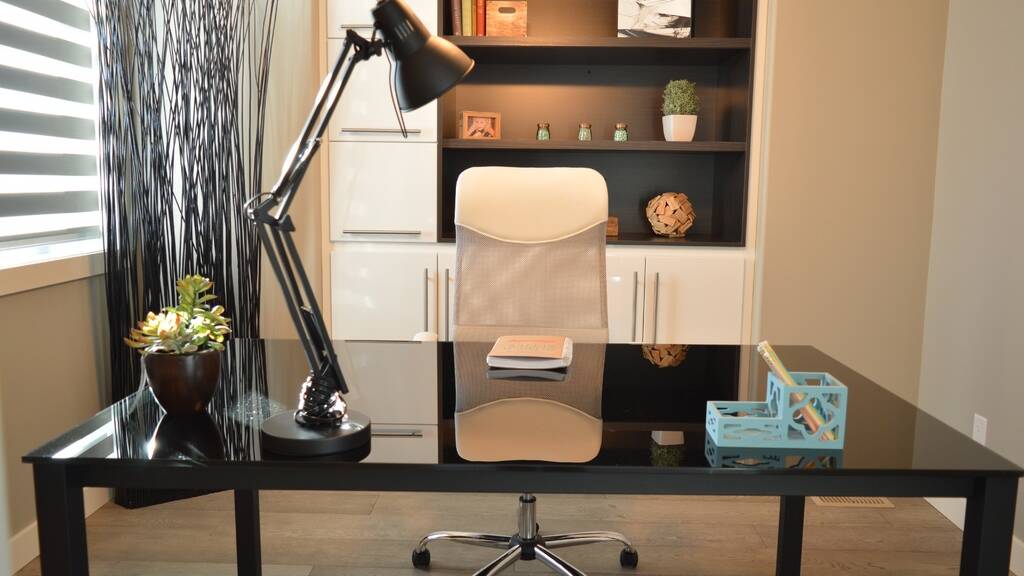How to light your home office

This is branded content for Lighting Style.
The impact of COVID-19 has meant that an increasing proportion of the population are working and studying from home. For a home office to be safe and effective, it must have optimal lighting. This guide explains how you can achieve that.
What are the essential elements of home office lighting?
If you're relying on one light for illumination, then you're doing it wrong. Your home office must have the following two types of lights working in conjunction:
- Task light: This is a desk lamp pointed directly at your work.
- Ambient lighting: This is overhead lighting - such as downlights or pendants - that provide diffuse illumination.
What features should my task light have?
Your task light should be a high-end desk lamp with an adjustable neck, to ensure that you can easily point it where needed.
It's important that the desk lamp has multiple points of maneuverability, via a gooseneck, a swing arm or a swivel head, so you obtain excellent directional lighting and reduce glare.
The position of the desk light should be opposite your dominant hand to reduce shadows when reading and writing.

What features should my ambient lighting have?
Ambient lights - most often downlights or pendant lights - are the primary source of illumination and provide diffused overall light. Use soft-frosted globes to increase the comfort level as much as possible and avoid fluorescent lights, as these are linked to a range of negative health problems.
Which types of globes should I use?
Cool white globes and lights should be used for your home office. These are easy on the eyes and are best for long periods of concentration and studying.
Can I use natural light?
When working during the day it's fine to use natural light. However, it is important to note that sunlight can be extremely bright and produce heavy glare, so position your desk away from the window. A semi-transparent shade can be great in making things more comfortable.
What is the best lighting for computer work?
If you're going to be using a computer for extensive periods of time, as many home workers are, then try to put the following recommendations into place:
- Avoid putting light sources behind you, as these will reflect from the screen and cause glare. If this is unavoidable, place the light sources as far away as possible and use frosted globes.
- As much as possible, try to have darkness behind you and light in front of you, to minimise the contrast between the screen and the surrounding illumination. High contrast will cause eye fatigue.
What is the best lighting for Zoom meetings and video conferencing?
Many more of us have had to become familiar with the joys of Zoom meetings and video conferencing as a result of working from home. Thankfully, there are a few simple tips you can use to make these meetings more effective.
Ensure you avoid putting light sources behind you as these will cause artificial dimming of your face as the camera tries to adjust to the brightness.
Also avoid having only one light above you, as this will cause shadows on your face. The ideal placement for a light is for a desk lamp pointed at your face, placed to the side of the computer.
For the largest range of office lights in Australia, with thousands of products, see Lighting Style.


